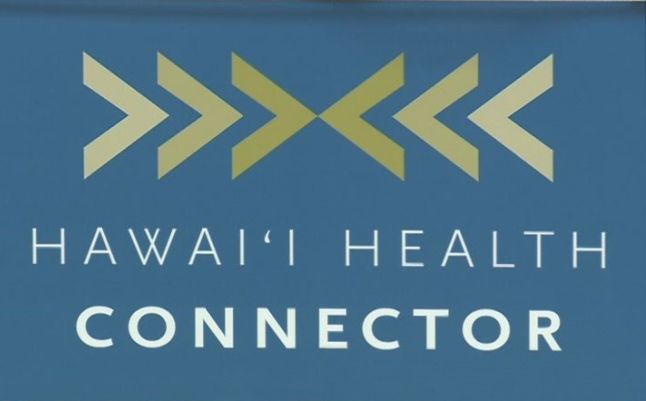ObamaCare is far from a paradise for Hawaiian residents, so it appears that the state will be saying goodbye to the state’s failed exchange this fall.
Since its implementation, the Hawaii Health Connector has failed to become financially viable because of lower-than-expected-Obamacare enrollment. The state doesn’t want to throw any more money down the toilet to try to save it. The exchange will shut down operations and close up shop. Who knew that a government program can actually shut down when it fails?
According to reports, the state will cease new enrollments tomorrow, discontinue outreach services by May 31, and transfer its technology to the state by September 30. The Connector’s workers will be laid off completely by February 28, 2016.
Hawaii’s exchange received a total of $204 million in federal taxpayer money from the Department of Health and Human Services (HHS). (That’s just a small portion of the $4.5 billion Hawaii and other state exchanges have received from HHS with little oversight or accountability.) Only about $70 million of that taxpayer funding remains unspent because of restrictions on the Connector’s ability to improve its technology, a problem for the state exchange since its start.
Yet, Hawaii only managed to enroll 37,000 people on the Connector and those customers will now have to re-enroll in Healthcare.gov next year to ensure that they don’t lose coverage. However, the Connector needed to enroll twice as many customers (70,000 people), to sustain its operations. The program is funded by a 2-percent fee on each policy, which is set to increase to 3.5 percent in July.
Insurance News has more on this story:
"Now that it is clear that the state will not provide sufficient support for the Hawaii Health Connector's operations through fiscal year 2016 (ending June 30, 2016), the Connector can no longer operate in a manner that would cause it to incur additional debts or other obligations for which it is unable to pay," Connector officials said in a report released Friday to the nonprofit's board of directors.
…
"Staff reductions will commence immediately, with the executive director ( Jeff Kissel) exiting once the bulk of operational activities end," the report said. "If the state cannot facilitate an orderly transition, the Connector's operations will abruptly end, as the Connector does not have the resources to continue operations."
The state was notified in March that Hawaii was out of compliance with the Affordable Care Act, also known as Obamacare, because the Connector wasn't financially sustainable at the start of this year and wasn't integrated with the Medicaid system, which determines eligibility for subsidies and tax credits obtained through the exchange.
…
Gov. David Ige's administration is negotiating with the federal government to release grant money to avoid the closure of Hawaii's online marketplace, designed to provide subsidized coverage to residents with incomes too high to qualify for Medicaid, the government health insurance program for low-income residents.
…
An estimated $1 billion in federal funds for Medicaid is also in jeopardy if the technology used to determine eligibility for tax credits cannot connect to the federal marketplace by November, the start of open enrollment…
Because the Connector doesn't have enough money to keep the state-based marketplace active, the federal government has the right to cut off Medicaid funding under the ACA. Medicaid, which serves more than 300,000 residents, costs more than $2 billion a year, about half of which is funded by the federal government and half by the state.
Officials for the Connector point to the lack of funding for the state. Perhaps they consider the possibility that Hawaiians aren’t sold on the state’s ObamaCare plan at all. Lack of demand rather than lack of funding is the reason the state’s exchange failed.
Hawaii shouldn’t feel too bad, however, because it joins the ranks of other states with failed Obamacare exchanges. Oregon, Massachusetts, Maryland, Vermont, New Mexico, and Nevada all provide cautionary examples in government central planning. These have been expensive lessons for a new generation of Americans that government solutions are not the answers to our social problems. The private sector is not perfect, but it’s far more efficient, effective, and responsive to the needs of society than any plan hatched by Ivory Tower professors and big government advocates.


